Botanical Watercolor Pastels: Wrapping it All Up!
Let's Make Something!
~
Let's Make Something! ~
Once you’ve had a chance to practice the fundamental techniques of water-soluble pastels, you’re off to the races! In this section, we’ll wrap things up, covering sketching, designing, potential projects, and caring for your kit going forward. You’ll likely find - as with any artistic medium - that it’s helpful to return to the fundamentals every so often as a refresher. Hold on to your practice pages, both as a reference to methods or color blends that you like, and as a way to continue refreshing and refining those essential skills. But with all that in mind, let’s dive into the next steps!
Sketching & designing a project
Though we have some suggestions for projects, please don't feel limited to these ideas - or even feel limited to a studio! We chose the items in this kit to be portable - you can take them on a plane, pack them in a backpack, or carry them with you to the garden and paint en plein air. All you'll need is a source of water and the tools in your kit, and you can paint from nature.
Depending on your mood, you might want to use the pastels as you would crayons or colored pencils, sketching out your design without prior preparation. Or, if you're more of a planner, you might prefer to use the pencil in your kit, to give yourself a chance to erase and rearrange.
A lovely thing about these oil pastels is that they remain fairly translucent -so if you’d prefer to keep the pencil hidden, use light strokes for your sketch. On the other hand, very dark pencil lines or cross-hatching can look extraordinary with washes of color placed over them! It's all up to you.
Recommended project ideas
This medium lends itself well to impressions of nature - to inexact, colorful, spontaneous painting with lots of feeling. It can be used for other things as well, but for your first projects, you may want to lean into the botanical or animal world.
We love botanical studies of plants, fungi, fruits, and flowers; portraits of a beloved pet or a favorite wild animal; landscapes of mountains, forests, and oceans; or pure expressions of abstract colors and shapes. On the next two pages, you'll see examples of two types of pastel illustration - one a guide to various mushrooms, and the other an impressionist sketch of a clutch of oranges.
As you conceive of new designs, don't feel limited to oil pastels alone! The pencil in your kit can create depth over or under the pastels in your kit. You can create dark sketches below the color, or cut the sharp tip of the pencil through layers of pastel to create texture and shape. Similarly, you can use multi-media tools like paint pens to add details or highlights, or even work in a bit of collage (painting around a photo; or adding real pressed flowers into a pastel landscape with a dab of glue). The point is - don't feel constrained! This is an open medium that plays well with others.
The care and keeping of your artwork & materials
Finishing your projects
Something to keep in mind as you work is that water-soluble pastels will never fully dry, which means that every project can be ongoing until you apply a sealant, frame it, or give it away. This offers a lot of room for meditative painting. As you go, give yourself breaks; take a walk away from your painting, or set it aside for a week or two. When you come back, the oil pastels will be just as pliable as before - ready for you to continue working.
(Speaking of sealants, Sennelier D'Artigny Oil Pastel Fixative is our favorite on the market)
Sharpening your pastels
You'll find as you continue working that your pastels will dull from the pointed tip that they ship with. A way to slow this process is by making sure to use all sides of the point equally as you go. When you feel ready to sharpen your pastels, there are two methods - one, using a razor blade to shave off the edges gently (be careful!) Two, by rubbing the top edge of the pastel against paper or cardboard, turning as you go, to slowly to restore the shape of the tip. With either method, make sure not to waste that precious pastel! Save the scrapings and use them as you would watercolor paints.
And that's all there is to it! At least all there is for getting started. Keep practicing and experimenting, and you'll be amazed at the things you'll create. If you can’t wait to get crafting, check out our kit here! It contains everything you need to get started.
For more information, troubleshooting, or any questions about sourcing or materials, please get in touch with us. And feel free to tag us on Instagram - we'd love to feature your artwork in our Stories!
